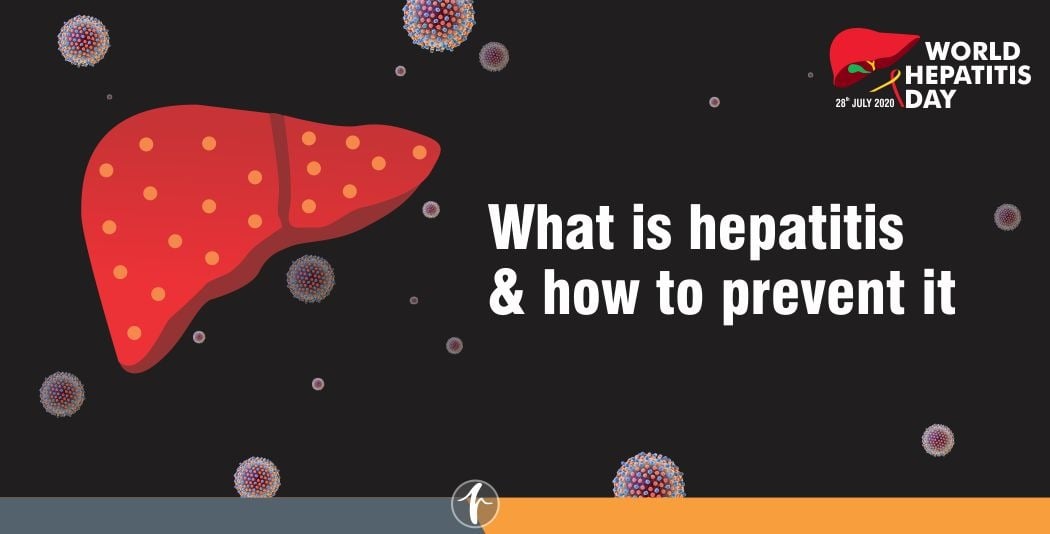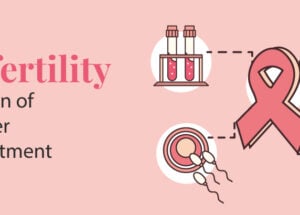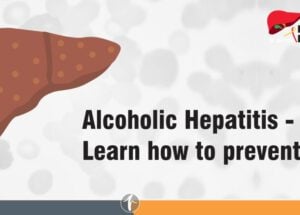Temporomandibular Joint Dysfunction: Causes, Symptoms, and Treatment
April 18, 2025

Temporomandibular joint dysfunction (TMD) refers to a group of conditions that affect the jaw joint and surrounding muscles, resulting in pain and impaired jaw movement. It includes problems with the temporomandibular joint (TMJ) as well as the muscles responsible for controlling jaw motion.
Temporomandibular joint (TMJ) disorders are common and affect a large portion of the population at some point in their lives. Women are more frequently affected by TMJ issues compared to men. These disorders often stem from both physical factors and psychological influences, such as stress.
Causes
No single factor is responsible for causing Temporomandibular Joint disorder (TMD). Instead, it often develops due to a range of contributing factors or a combination of them.
Common causes of TMJ issues include:
- Injuries to the jaw, such as fractures or dislocations
- Teeth grinding or clenching (bruxism)
- Arthritis affecting the jaw joint
- Misaligned bite (malocclusion), where teeth do not fit together properly
- Psychological stress
Some everyday habits can also worsen TMJ dysfunction, even if the underlying causes are outside of your control. These aggravating behaviors include:
- Using teeth to open or tear objects, like clothing tags
- Maintaining poor posture, which can strain the neck, shoulders, and facial muscles
- Chewing on pens, pencils, or other non-food items
- Regularly chewing ice or excessive gum use
- Taking large bites of food, which can overwork the jaw muscles
- Clenching or grinding teeth during the day
- Sleeping on your stomach, which can place stress on the jaw
Symptoms
Temporomandibular joint (TMJ) disorder can cause many symptoms, which may vary from person to person.
- Pain in the jaw
- Discomfort in the face
- Pain in the shoulders or neck
- Jaw stiffness
- Trouble opening or closing the mouth
- Clicking or popping sounds in the jaw
- Frequent headaches
- Migraines
- Ear pain or discomfort
- Tooth pain
- Tinnitus, or ringing in the ears
- Changes in how the upper and lower teeth align (malocclusion)
Diagnosis
Healthcare providers usually diagnose temporomandibular joint (TMJ) disorder during a physical exam or routine dental checkup. During the evaluation, they may:
- Assess how your jaw moves if you open and close your mouth
- Apply gentle pressure to the jaw and facial areas to identify points of discomfort
- Feel the jaw joints while you move your mouth to detect any irregularities
To get a more detailed view of the jaw and surrounding structures, providers may also recommend imaging tests such as:
- Dental X-rays
- CT (computed tomography) scans
- MRI (magnetic resonance imaging)
- TMJ arthroscopy, which can help with both diagnosis and, in some cases, treatment
Treatment
TMD treatment primarily depends on the severity of your symptoms. In many cases, simple self-care steps can help relieve discomfort. Here are some common treatment options:
Lifestyle and Home Remedies
- Apply ice or heat to reduce pain and relax jaw muscles
- Eating soft foods can help minimize jaw stress
- Avoid extreme jaw movements, like wide yawning or chewing gum
- Practice jaw exercises as recommended by a healthcare provider
Medications
- Pain relievers or anti-inflammatories, like ibuprofen
- Muscle relaxants to ease muscle tension
- Low-dose antidepressants can help with pain and stress-related clenching
Therapies
- Physical therapy to improve jaw function and strengthen muscles
- Stress management techniques, including cognitive behavioral therapy
- Biofeedback, which helps you control muscle tension
Mouth Guards or Splints
- Custom-fitted oral appliances can reduce grinding and ease pressure on the joint
Medical or Dental Procedures
- Injections like corticosteroids or Botox for pain relief
- TMJ arthrocentesis, a minimally invasive procedure to clean out the joint
- Surgery is rare and only considered if other treatments don’t work
Risk Factors
- Prone to the formation of arthritis, such as osteoarthritis and rheumatoid arthritis
- Injuries to the jaw
- Repetitive habits like chewing gum, biting nails, or grinding and clenching teeth
- Certain connective tissue disorders
- Psychological conditions such as post-traumatic stress disorder (PTSD), stress, anxiety, and depression
- Chronic conditions like fibromyalgia, ankylosing spondylitis, and sleep-related issues
- Tobacco use or smoking
Prevention
You might not be able to prevent temporomandibular joint disorder (TMD) completely, especially since some risk factors are out of your control. But there are simple steps you can take to lower your chances:
- Use a mouth guard at night if you tend to grind or clench your teeth
- Wear a protective mouth guard and play contact sports
- Maintain good posture to reduce tension in your jaw, neck, and shoulders
- Try stress-relieving practices like meditation, deep breathing, or mindfulness to help relax your jaw muscles
Frequently Asked Questions
1. Is TMJ disorder dangerous?
Yes, TMJ dysfunction can lead to several complications, such as ongoing pain, difficulty with chewing, and damage from teeth grinding (bruxism).






